731 Squad: Death Pipeline
The current negative attitude towards Japan from China, the DPRK and South Korea is mainly due to the fact that Japan did not punish most of its war criminals. Many of them continued to live and work in the Land of the Rising Sun, and also held responsible posts. Even those who carried out biological tests on humans in the notorious special “squadron 731”. This is not much different from the experiences of Dr. Josef Mengel. The cruelty and cynicism of such experiments do not fit into the modern human consciousness, but they were quite organic for the Japanese of that time. Indeed, at that time the “victory of the emperor” was at stake, and he was sure that only science could give this victory.
Once, on the hills of Manchuria, a terrible factory began to work. Thousands of living people became its "raw materials", and "products" could destroy all of humanity in a few months ... Chinese peasants were afraid to even approach a strange city. Nobody knew for certain what was going on inside, behind the fence. But in a whisper they told horror: they say, the Japanese kidnap or lure there people by deceiving them, on which they then conduct terrible and painful experiences for the victims.
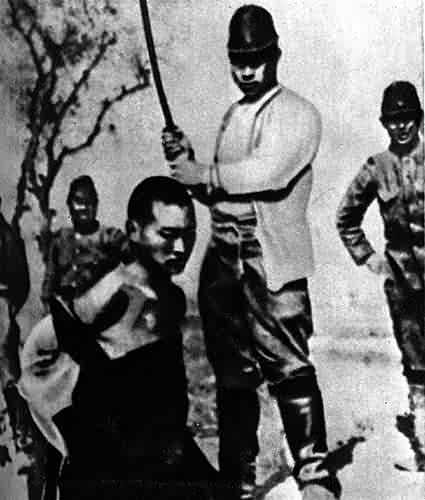
"Science has always been killers' best friend."
It all started back in the distant 1926 year, when Emperor Hirohito occupied the throne of Japan. He chose the motto "Showa" ("The Age of the Enlightened World") for the period of his reign. Hirohito believed in the power of science: “Science has always been the best friend of murderers. Science can kill thousands, tens of thousands, hundreds of thousands, millions of people in a very short period of time. ” The emperor knew what he was talking about: he was a biologist by education. And believed that biological weapon will help Japan to conquer the world, and he, the descendant of the goddess Amaterasu, will fulfill his divine destiny and rule this world.
The emperor's ideas about "scientific weapons" found support among the aggressively-minded Japanese military. They understood that a samurai spirit and conventional weapons could not win a protracted war against the Western powers. Therefore, on the instructions of the Japanese military department at the beginning of the 30-ies, the Japanese colonel and biologist Ciro Ishii made a voyage to the bacteriological laboratories of Italy, Germany, the USSR and France. In his final report, submitted to the highest military ranks of Japan, he convinced all those present that biological weapons would greatly benefit the Land of the Rising Sun.
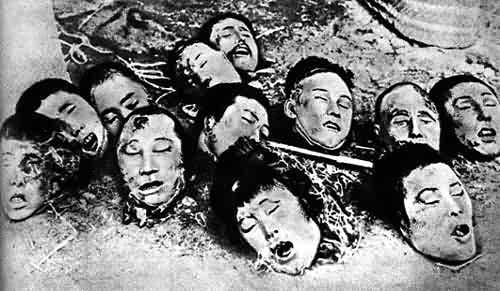
“Unlike artillery shells, bacteriological weapons are not capable of instantly killing manpower, but without a noise it affects the human body, bringing a slow but painful death. It is not necessary to produce shells, you can contaminate quite peaceful things - clothes, cosmetics, food and drinks, you can spray bacteria from the air. Let the first attack not be massive - anyway, the bacteria will multiply and hit targets, ”said Ishii. It is not surprising that his “incendiary” report impressed the leadership of the Japanese military department, and it allocated funds for the creation of a special complex for the development of biological weapons. Throughout its existence, this complex had several names, the most famous of them - "731 squad".
They were called "logs"
The detachment was placed in 1936 year near the village of Pingfang (at that time the territory of the state of Manchukuo). It consisted of almost 150 buildings. Graduates of the most prestigious Japanese universities, the color of Japanese science, went to the squadron.
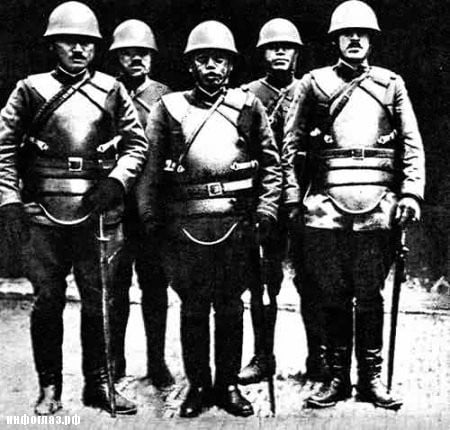
The detachment was stationed in China, and not in Japan, for several reasons. First, when it was deployed in the territory of the metropolis, it was very difficult to observe secrecy. Secondly, in the event of a leak of materials, the Chinese population would suffer, not the Japanese. Finally, in China, there were always “logs” at hand - so the scientists of this special unit called those for whom deadly strains were tested.
“We believed that“ logs ”were not people, that they were even lower than cattle. However, among the scientists and researchers who worked in the detachment, there was no one who at least somewhat sympathized with the "logs." Everyone believed that the extermination of “logs” was a completely natural affair, ”said one of the employees of the“ 731 squad ”.
The core experiments that were performed on the test subjects were tests of the effectiveness of various disease strains. Ishii's “favorite” was the plague. Toward the end of the Second World War, he developed a strain of the plague bacterium, 60 times as superior in virulence (ability to infect the organism) as usual.
The experiments were carried out mainly as follows. There were special cells in the detachment (where people were locked up) —they were so small that the prisoners could not move in them. People were infected by infection, and then for days they observed changes in the state of their body. They were further dissected alive, pulling out organs and observing how the disease spreads inside. People were kept alive and did not sew them all day long, so that doctors could observe the process without bothering themselves with a new autopsy. In this case, no anesthesia was usually used - the doctors were afraid that it could disrupt the natural course of the experiment.
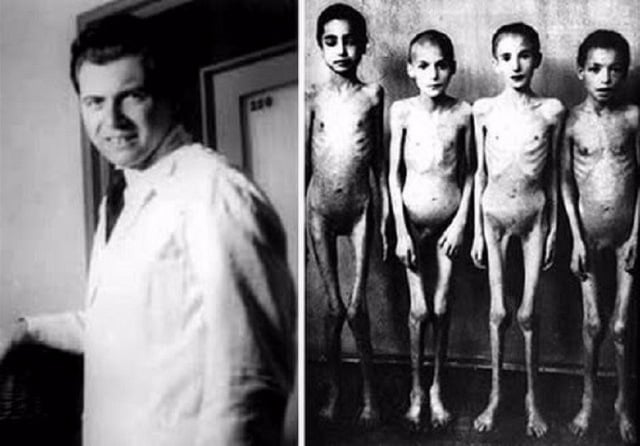
More “lucky” to those of the victims of the “experimenters” who were tested not by bacteria, but by gases: these died faster. “All the experimental subjects who died from hydrogen cyanide had a purple-red face,” said one of the 731 team members. - For those who died from mustard, the whole body was burned so that it was impossible to look at the corpse. Our experiments have shown that human endurance is approximately equal to the endurance of a pigeon. In conditions in which the pigeon perished, the experimental person perished also. ”
When the Japanese military were convinced of the effectiveness of the Ishii special detachment, they began to develop plans to use bacteriological weapons against the United States and the USSR. There were no problems with ammunition: according to the staff, by the end of the war, so many bacteria had accumulated in the storage rooms of the “731 squad” that if they were scattered around the globe under ideal conditions, this would be enough to destroy all of humanity.
In July, 1944, only the position of Prime Minister Tojo saved the United States from disaster. The Japanese planned using balloons to transport strains of various viruses to American territory, from lethal to humans to those that would destroy livestock and crops. But Todze understood that Japan was already clearly losing the war, and when attacking with biological weapons, America could respond in the same way, so the monstrous plan was never realized.
122 degrees Fahrenheit
But the "731 squad" was engaged not only in biological weapons. Japanese scientists also wanted to know the limits of endurance of the human body, for which they conducted terrible medical experiments.
For example, doctors from the special unit found out that the best way to treat frostbite was not rubbing the affected limbs, but immersing them in water with a temperature of 122 degrees Fahrenheit. Find out by experience. “When the temperature was below minus 20, the experimental people were taken out into the courtyard at night, forced to lower bare hands or feet into a barrel of cold water, and then put under an artificial wind until they received frostbite,” said a former member of the special squad. “Then with a small stick they knocked on the hands until they made a sound like they hit a piece of wood.” Then frostbitten limbs were placed in water of a certain temperature and, changing it, they observed the death of muscle tissue in their hands. Among these experimental subjects was a three-day child: so that he did not squeeze his hand into a fist and did not violate the “purity” of the experiment, he was stuck in the middle finger of a needle.
Someone from the victims of the special squad suffered another terrible fate: they were alive turned into mummies. For this, people were placed in a hot, heated room with low humidity. The man was sweating profusely, but was not allowed to drink until he was completely dry. Then the body was weighed, while it turned out that it weighs about 22% of the original mass. That is how another “discovery” was made in the “731 squad”: the human body on 78% consists of water.
For the imperial air force, experiments were carried out in pressure chambers. “The test subject was placed in a vacuum pressure chamber and gradually air was pumped out,” one of the interns of the Ishii detachment recalled. - As the difference between external pressure and pressure in internal organs increased, his eyes first got out, then his face swelled to the size of a large ball, his blood vessels swelled like snakes, and his intestines, like living ones, began to crawl out. Finally, the man just blew up alive. ” So the Japanese doctors determined the permissible high-altitude ceiling for their pilots.
There were experiments just for "curiosity." Experimentals cut out separate organs from the living body; cut off the arms and legs and sewed back, interchanging the right and left limbs; poured into the human body the blood of horses or monkeys; put under the most powerful x-ray radiation; scalded various parts of the body with boiling water; tested for sensitivity to electric current. Curious scientists filled a person's lungs with a large amount of smoke or gas, injected rotting pieces of tissue into the stomach of a living person.
According to the recollections of the staff of the special detachment, during the whole of its existence, about three thousand people died in the laboratories. However, some researchers claim that the real victims of the bloody experimenters were much more.
"Information of Extreme Importance"
The end of the existence of the "squad 731" put the Soviet Union. 9 August 1945, the Soviet troops launched an offensive against the Japanese army, and the "detachment" was ordered to "act on its own discretion." Evacuation work began on the night of 10 on August 11. Some materials were burned in specially dug pits. It was decided to destroy the surviving experimental subjects. Some of them were gassed, and some were nobly allowed to commit suicide. Exhibits of the “exhibition room” were thrown into the river - a huge hall where cut off human organs, limbs, which were cut into heads in different ways, were stored in flasks. This “show room” could be the most visible evidence of the inhuman nature of the “731 squad”.
"It is unacceptable that at least one of these drugs should fall into the hands of the advancing Soviet troops," the special squad leadership told its subordinates.
But some of the most important materials have been preserved. They were taken by Shiro Ishii and some other squad leaders, handing it all to the Americans - as a kind of ransom for their freedom. And, as the Pentagon said at the time, “due to the extreme importance of information on bacteriological weapons of the Japanese army, the US government decides not to accuse any member of the bacteriological warfare training unit of the Japanese army with war crimes”.
Therefore, in response to a request from the Soviet side to extradite and punish members of the “731 squad”, a conclusion was sent to Moscow that “the whereabouts of the leadership of the 731 squad,” including Ishii, are unknown, and there is no reason to accuse the squad of war crimes ” . Thus, all the scientists of the “death squad” (which is almost three thousand people), except those who fell into the hands of the USSR, avoided responsibility for their crimes. Many of those who dissected living people became deans of universities, medical colleges, academicians, and businessmen in post-war Japan. Takeda Prince (emperor Hirohito's cousin), who was inspecting the special squadron, also did not suffer punishment and even headed the Japanese Olympic Committee on the eve of the 1964 Games of the year. And Siro Ishii, the evil genius of the “731 squad”, lived comfortably in Japan and died only in the 1959 year.
Experiments continue
By the way, according to Western media, after the defeat of the “731 squad”, the United States successfully continued a series of experiments on living people.
It is known that the legislation of the absolute majority of countries of the world prohibits conducting experiments on people, except in cases where a person voluntarily agrees to the experiments. Nevertheless, there is information that the Americans practiced medical experiments on prisoners until the 70-s.
And in 2004, an article appeared on the BBC website stating that Americans were conducting medical experiments on children in orphanages in New York. It was reported, in particular, that children with HIV were fed with extremely poisonous drugs, from which the kids had convulsions, their joints swelled so that they lost the ability to walk and could only roll on the ground.
The article also cited the words of a nurse from one of the orphanages, Jacqueline, who took over two children, wanting to adopt them. Administrators of the Office of Children's Affairs took away the babies by force. The reason was that the woman stopped giving them prescribed medication, and the students immediately began to feel better. But in court, the refusal to give drugs was regarded as child abuse, and Jacqueline lost her right to work in children's institutions.
It turns out that the practice of testing experimental drugs in children was sanctioned by the US federal government at the beginning of the 90s. But in theory, every child with AIDS should be assigned a lawyer who could require, for example, that children should be prescribed only drugs that have already been tested on adults. As the Associated Press found out, the majority of the children who participated in the tests were deprived of such legal support. Despite the fact that the investigation caused the strongest resonance in the American press, it did not lead to any tangible result. According to the AR, such tests for abandoned children are still in the USA.
Thus, the inhuman experiments on living people, which were inherited by the killer in the white coat of Ciro Ishii to the Americans, continue even in modern society.
I strongly recommend not to watch people with a weak psyche, pregnant women and children.
dir E. Masyuk
The documentary film Elena Masyuk tells about the events that took place on the territory of modern China during the Second World War.
In 1939, a special squad 731 was formed in Manchuria. Under him was organized a laboratory in which experiments were conducted on living people.
What happened to the victims of this research? What was the fate of their executioners? The main focus of the film is on the fate of the former executioners in the postwar period.
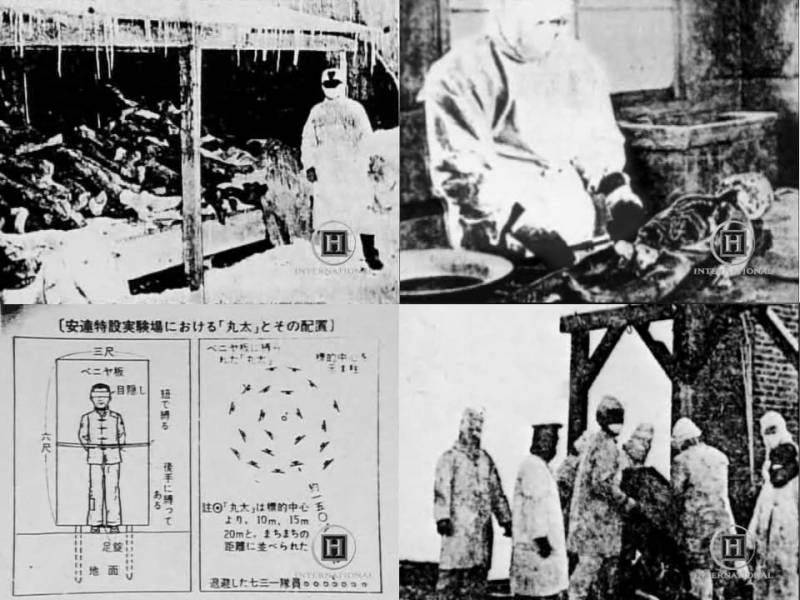
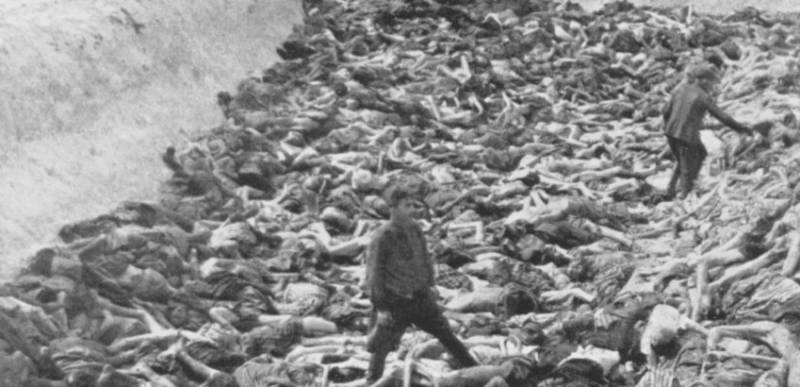
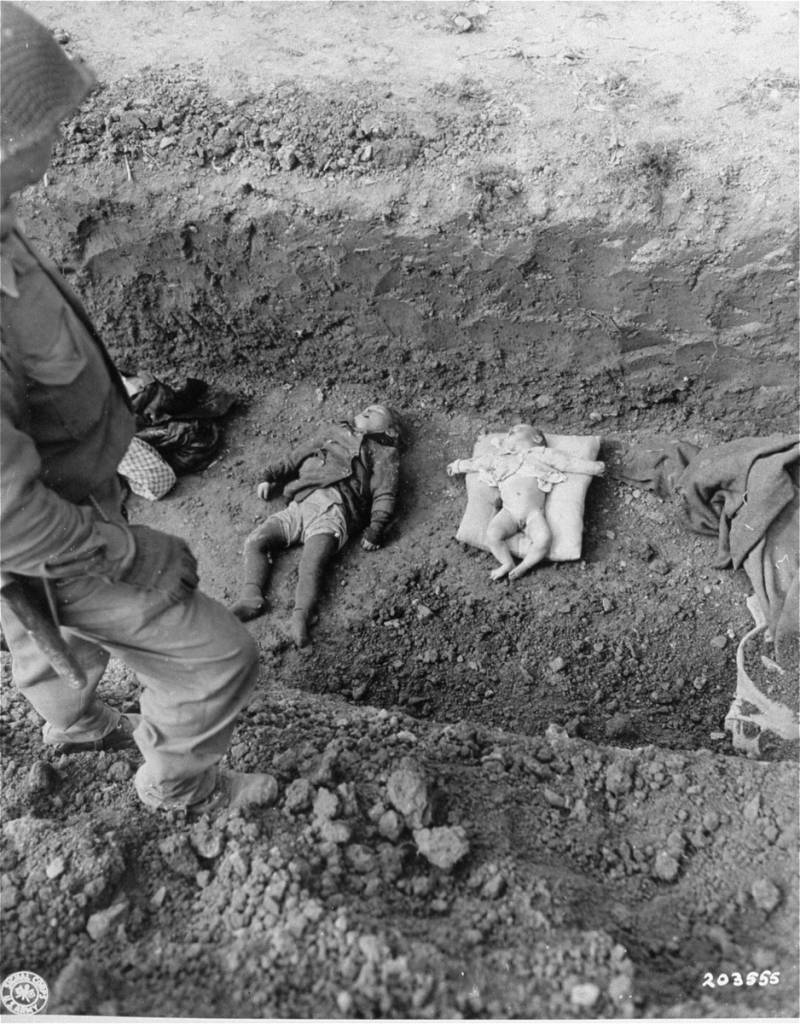
Information